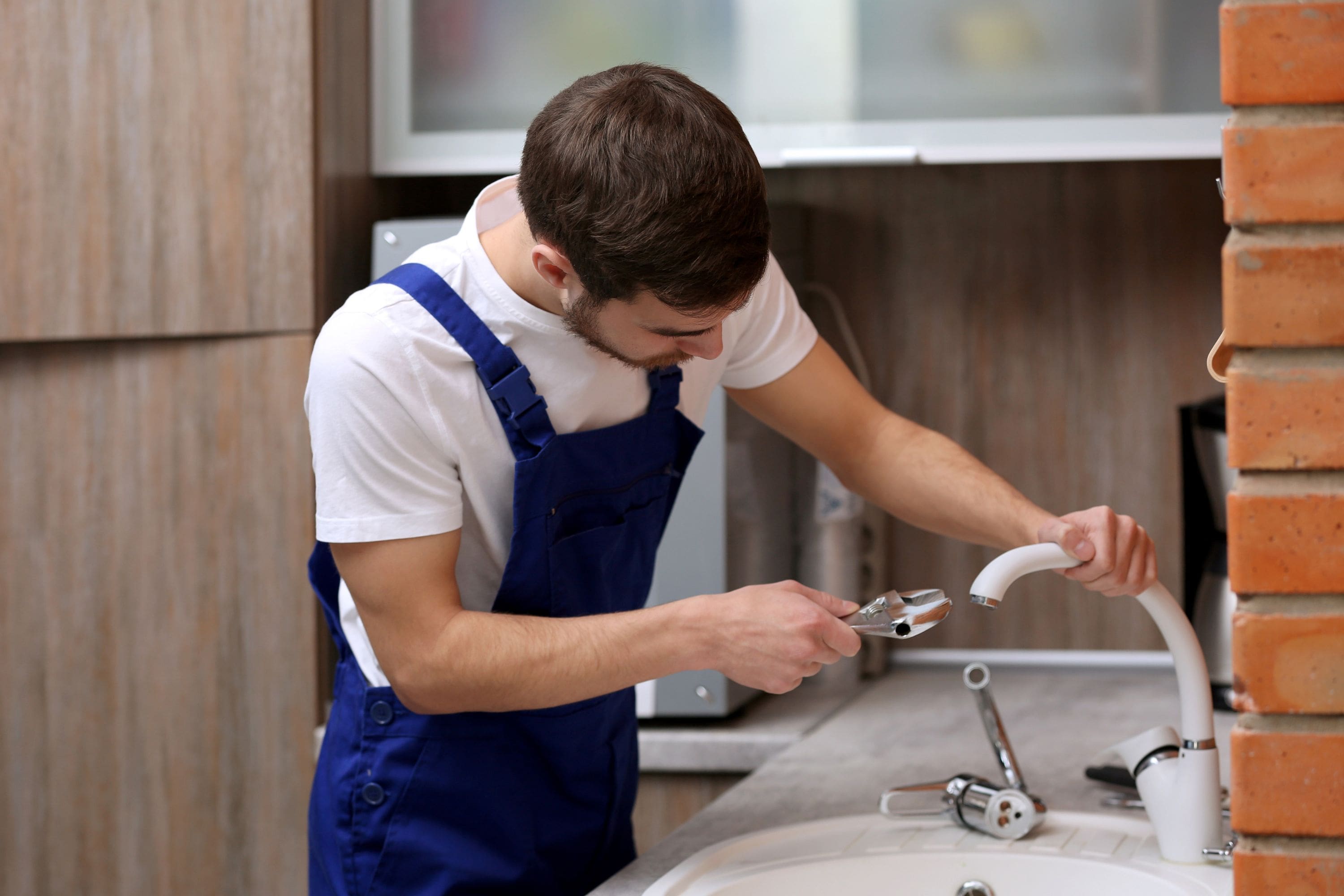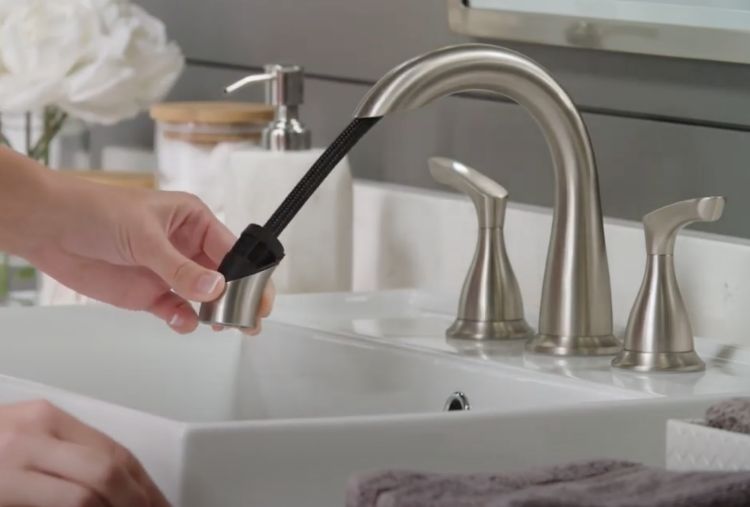This article further down in relation to Water Dripping from Faucet: Why and How to Fix is especially fascinating. Don't miss it.

Leaking faucets might look like a minor trouble, yet their effect exceeds just the nuisance of the sound. From wasting water to sustaining unneeded economic prices and health dangers, ignoring a leaking tap can bring about various effects. In this post, we'll look into why it's essential to address this common home concern without delay and effectively.
Wastefulness of Water
Ecological Effect
Dripping taps contribute dramatically to water waste. According to the Epa (EPA), a single tap dripping at one drip per secondly can waste greater than 3,000 gallons of water per year. This not only strains water sources yet also impacts ecological communities and wildlife based on them.
Financial Prices
Increased Water Bills
Beyond the ecological influence, trickling faucets can pump up water costs considerably. The gathered waste with time equates right into higher energy expenses, which could have been avoided with timely repair work.
Possible Home Damage
Furthermore, prolonged trickling can bring about harm to components and surfaces surrounding the tap. Water build-up can trigger staining, corrosion, and also architectural issues if left unattended, resulting in extra repair work prices.
Health and wellness Issues
Mold And Mildew and Mildew Development
The continuous existence of wetness from a dripping faucet produces an excellent environment for mold and mold growth. These fungi not only jeopardize indoor air high quality yet also posture health dangers, specifically for individuals with breathing problems or allergic reactions.
Waterborne Conditions
Stationary water in leaking faucets can become a breeding ground for bacteria and various other pathogens, boosting the danger of waterborne illness. Contaminants such as Legionella germs thrive in stagnant water, potentially causing severe diseases when ingested or inhaled.
Do it yourself vs. Professional Fixing
Benefits and drawbacks of Do It Yourself Fixing
While some may try to fix a dripping faucet themselves, do it yourself fixings come with their own collection of obstacles. Without correct knowledge and tools, DIY attempts can intensify the problem or cause insufficient repairs, lengthening the trouble.
Benefits of Employing a Professional Plumber
Employing a professional plumber ensures that the underlying cause of the leaking tap is dealt with successfully. Plumbings have the proficiency and devices to diagnose and repair tap concerns successfully, saving time and lessening the threat of more damages.
Step-by-Step Overview to Fixing a Dripping Faucet
Tools Required
Before trying to take care of a leaking faucet, gather the required tools, including an adjustable wrench, screwdrivers, replacement components (such as washing machines or cartridges), and plumber's tape.
Usual Tap Issues and Their Solutions
Identify the type of tap and the certain problem causing the drip. Usual issues include worn-out washing machines, corroded valve seats, or damaged O-rings. Refer to manufacturer guidelines or on the internet tutorials for detailed guidance on fixings.
Preventive Measures
Regular Upkeep Tips
To prevent leaking taps, carry out regular maintenance such as cleansing aerators, examining for leakages, and replacing damaged parts immediately. In addition, think about mounting water-saving devices or updating to more effective components.
Importance of Prompt Repair Works
Resolving dripping taps as quickly as they're observed stops additional water wastage and potential damages, ultimately conserving both water and money in the long run.
Influence On Property Worth
Understanding of Well-Maintained Residential Or Commercial Property
Preserving a home in good condition, consisting of attending to upkeep problems like trickling faucets, boosts its perceived value and worth among prospective buyers or occupants.
Impact on Resale Value
Features with well-maintained plumbing components, consisting of taps, command higher resale worths in the real estate market. Attending to trickling faucets can contribute to a positive perception throughout property inspections and negotiations.
Environmental Obligation
Private Contribution to Preservation
Taking obligation for taking care of leaking faucets lines up with wider efforts toward water preservation and ecological sustainability. Every person's actions jointly make a substantial effect on protecting valuable sources.
Sustainable Living Practices
By focusing on punctual repairs and adopting water-saving behaviors, people contribute to lasting living methods that benefit both existing and future generations.
Final thought
Addressing a trickling faucet surpasses mere comfort; it's a vital step towards conserving water, minimizing financial expenses, and guarding health and wellness and property. Whether with do it yourself repair work or specialist assistance, acting to deal with leaking taps is a tiny yet impactful way to promote accountable stewardship of sources and add to a much healthier, more sustainable future.
How to Fix a Leaky Faucet: Step-by-Step Repair Guide
A leaky faucet may seem like a simple annoyance, but if it's not fixed promptly, that leak could cost hundreds to potentially thousands. From water damage to mold, mildew, and high water bills, even a tiny leak can be catastrophic if left unattended. Damage like this can even affect the overall value of your home, so it's important to take the right approach for leaky faucet repair. You may need the help of a plumber in some cases, but we've got a few tips you can try on how to fix a leaky faucet before calling the pros.
Four Faucet Types
When you're learning how to fix a leaky faucet, the first step is knowing what kind of faucet you're working with! There are four common types.
Cartridge Faucets
Cartridge faucets come in one- or two-handled varieties. In one-handled cartridge faucets, hot and cold water combines in a single cartridge. In the two-handled versions, hot and cold water are controlled separately and mixed in the faucet.
Ball Faucets
Ball faucets have a single lever you push up and down to adjust the pressure and rotate to change the temperature. A slotted metal ball controls the amount of water allowed into the spout.
Compression Washer Faucets
They're the oldest type of faucet, but they're still used in many homes — especially older ones. Compression faucets have two separate handles that, when turned, raise or lower the washer that seals a water valve. This valve stops water from flowing through the faucet when it is turned off.
Disc Faucets
Disc faucets rarely need to be repaired due to their maintenance-free design. The water flow is controlled by two discs — the upper one raises and lowers against a fixed lower disc, creating a watertight seal. If your disc faucet starts leaking, you may need to replace the seals or clean residue buildup from the inlets.
Fixing a Leaky Faucet
Step 1: Turn Off the Water
Whether you're learning how to fix a leaky bathtub faucet or how to fix a leaky kitchen faucet, always turn off the water supply to your working area when you're fixing a leak. The last thing you want is a flood added to your list of things to fix.
Look for the shutoff valves below your sink or around the tub and turn them clockwise to stop the water flow. If your faucet doesn't have shutoff valves, you may need to turn off the water for the whole house. Check to make sure it's off by turning the faucet on. If nothing comes out, you're ready to start the repair.
Step 2: Take Apart the Faucet
How you disassemble your faucet depends on the type of fixture you have. You can use a flathead screwdriver to remove the caps on top of the handle or handles for cartridge and compression faucets. Inside, you should see handle screws. Unscrew these with a screwdriver to remove the handle.
Disc- and ball-style faucets will typically have an inlet screw near the handle, and removing that will reveal the interior of the faucet.
Detach the Valve Stem
For cartridge- and compression-style faucets, you'll see the inner valve stem or cartridge once you remove the faucet handles. If you have a compression faucet, unscrew the brass valve stem. If you have a cartridge faucet, pull out the cartridge. If your cartridge has been in place for a while, it may require some tools or extra force to remove it due to mineral deposits.
Examine and Replace Parts
Once you've removed the parts, check them out to confirm what needs to be replaced. You may see corroded rubber washers, O-rings, stems, or cartridges. On a ball-style faucet, check the seats and springs for damage.
If you need to repair a leaky disc faucet, check the inlet and seals on the lower disc.
Once you determine what parts must be replaced, visit your local hardware store. Bring the damaged parts with you to ensure you can purchase the correct components to replace them.
Clean Valves and Faucet Cavity
If you've removed a stem or cartridge, you may notice mineral buildup in the faucet's threads. Use white vinegar to clean the valve seat by soaking it for a few minutes, then scrub it away with a soft toothbrush and rinse with warm water. You can also clean the interior of the faucet in the same way.
Reassemble the Faucet
Once your faucet is cleaned and the required parts have been replaced, it's time to reassemble it. Put the pieces back together and slowly turn the water supply back on. Doing this slowly is crucial because too much initial water pressure can damage the new hardware you've just installed.
https://homewarranty.firstam.com/blog/how-to-fix-leaky-faucet

I'm certainly very taken with and I hope you appreciated the blog posting. You should set aside a second to promote this blog post if you appreciated it. We treasure reading our article about Why Are My Faucets Dripping (And Can I Fix It Myself)?.